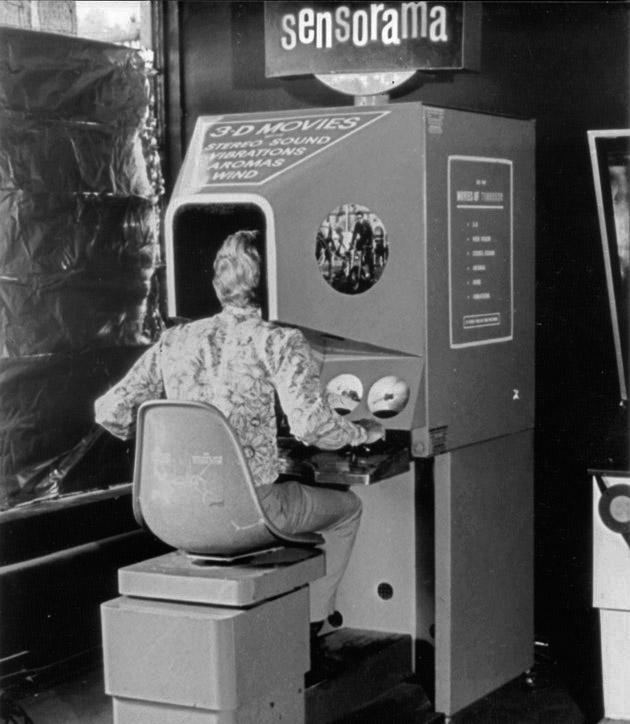It’s hard to believe that virtual reality (VR) is anything but a recent invention. The term was coined in the 1980s, and since then, VR has made huge strides in both technology and popularity. But where did VR come from? How did the concept of a virtual world come about? And what were the very first VR headsets?
The origins of virtual reality can be traced back to the 1800s. That’s when French playwright Antonin Artaud wrote about the “theatre of cruelty,” in which audiences would be so overwhelmed by a performance that they would forget they were watching a play. Artaud’s vision was never realized, but it laid the groundwork for VR as we know it today. In the 1950s, another French thinker, Maurice Merleau-Ponty, expanded on Artaud’s ideas. Merleau-Ponty argued that we experience the world not through our senses, but through our bodies. This idea would later be developed by American cybernetics researcher Ivan Sutherland. Sutherland’s “Ultimate Display” concept imagined a headset that would create a virtual world so realistic that users would forget they were wearing a headset.
The first VR headset was actually created in the 1960s by Morton Heilig. Heilig’s “Sensorama” was a bulky machine that simulated the experience of riding a motorcycle, simulating sights, sounds, smells, and even physical sensations. Heilig’s VR headset, called the Telesphere Mask, was a helmet with two small screens in front of the eyes that displayed 3D images. The headset also had speakers that played sounds, and Heilig even patented a scent-emitting device that could be used with the headset. The machine was ahead of its time and wasn’t commercially successful, but it laid the groundwork for the VR headsets we use today.

The first commercially successful VR headset was the Sony PlayStation VR, which was released in 2016. Since then, VR headsets have become more and more popular, with companies like Oculus and HTC releasing their own versions. Today, VR is being used for everything from gaming and entertainment to education and training. With the release of the Oculus Quest 2, a wireless VR headset, it’s only going to become more popular. So, whether you’re a VR enthusiast or a skeptic, it’s worth taking a look at the history of this fascinating technology.

